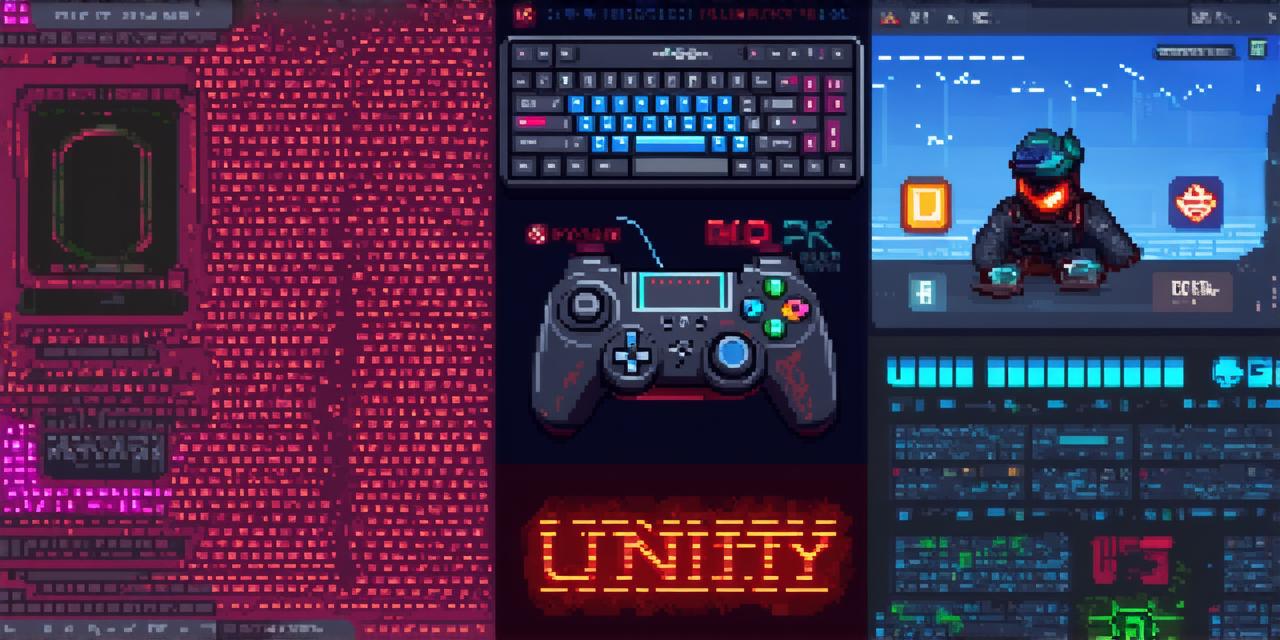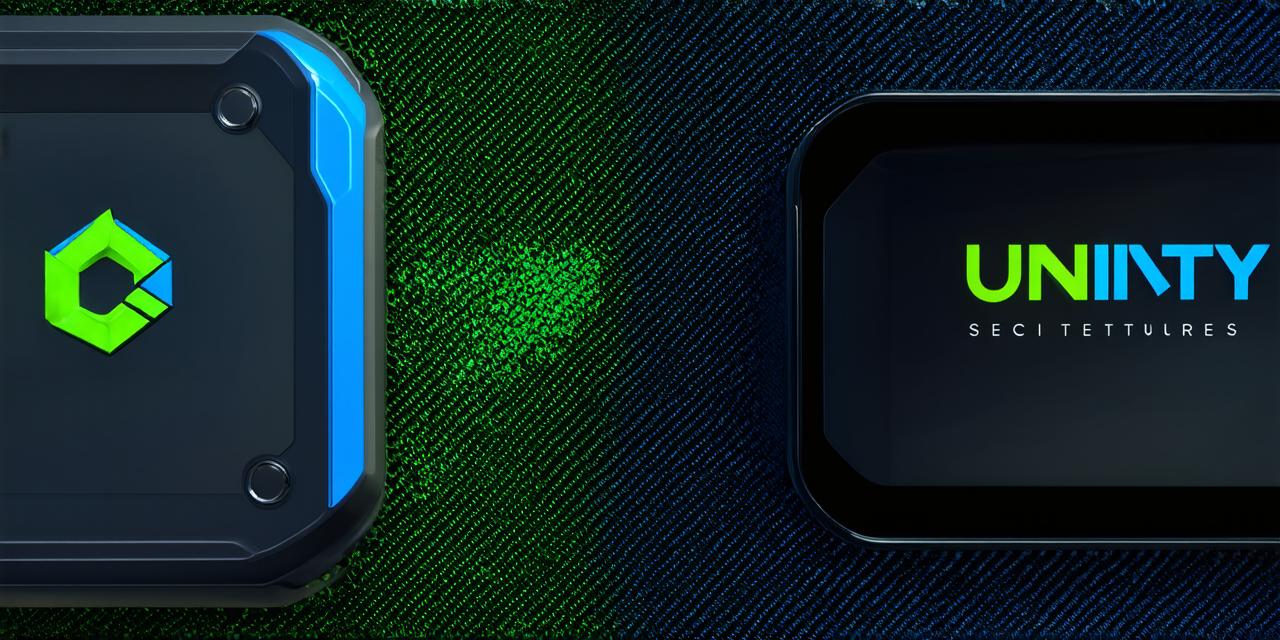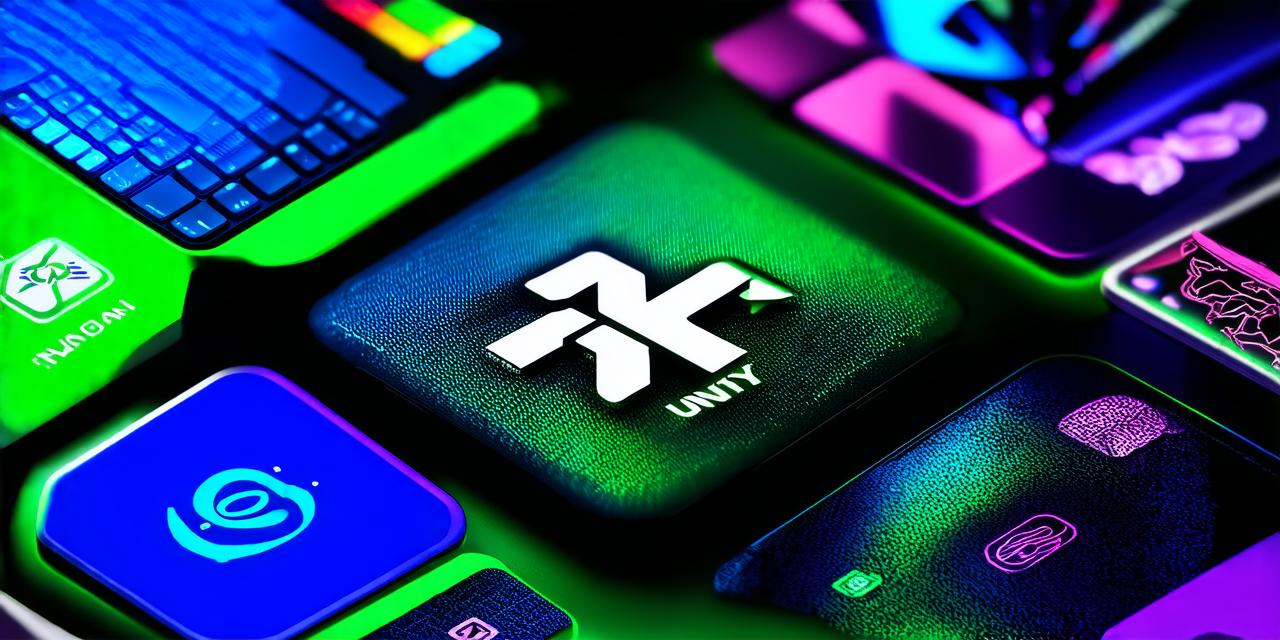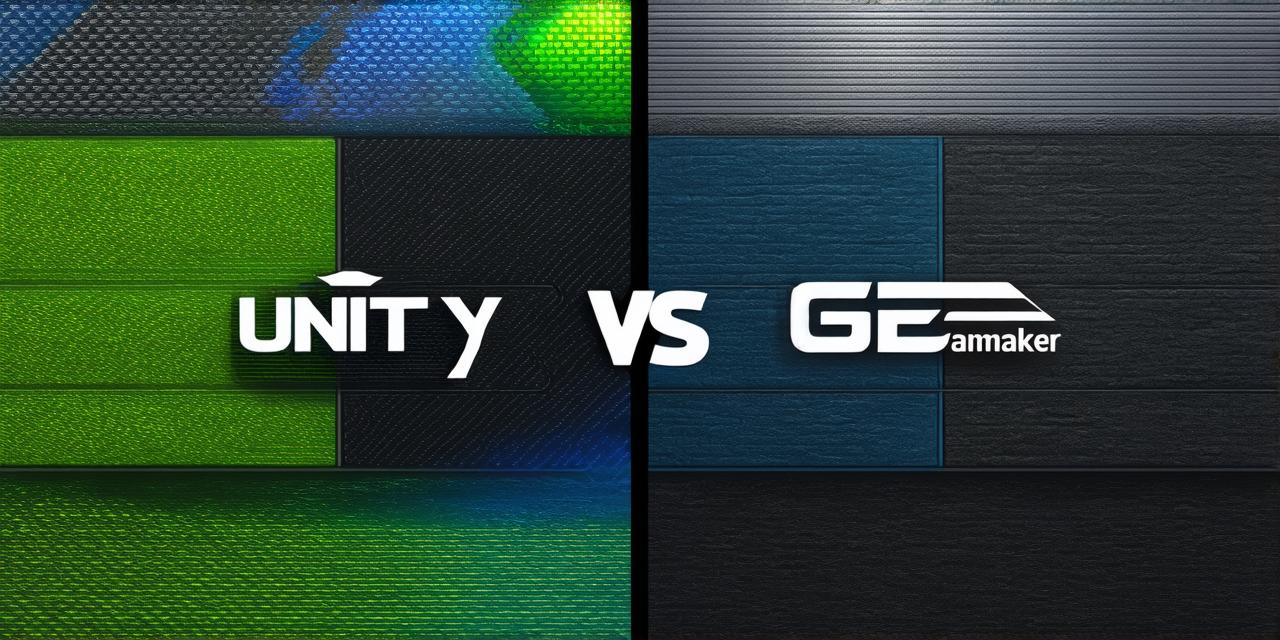Unity is a popular game engine that supports both 2D and 3D game development. While it may be the go-to choice for many developers, some are still unsure about whether it’s the right fit for their 2D projects. In this article, we’ll explore the benefits and drawbacks of using Unity to develop 2D games, as well as compare it with other popular 2D game engines.
Pros of Using Unity for 2D Game Development:
- Versatility: Unity is a powerful and flexible engine that supports both 2D and 3D game development, as well as virtual reality (VR), augmented reality (AR), and multiplayer features. This versatility makes it an excellent choice for developers who want to create games across multiple platforms, including mobile devices, PCs, consoles, and more.
- Easy-to-use interface: Unity’s user-friendly interface and extensive documentation make it easy for new developers to get started with game development. Additionally, the engine comes with a built-in asset store that offers a wide range of pre-made assets, such as textures, animations, and sound effects, which can save time and effort in the development process.
- Large community support: Unity has a large and active community of developers who contribute to its ongoing development and provide support for other users. This community also offers a wealth of resources, including tutorials, plugins, and tools, that can help developers overcome challenges they may encounter during game development.
- Cross-platform compatibility: Unity allows developers to create games that run seamlessly across multiple platforms, without the need for separate codebases for each platform. This saves time and effort in the development process and ensures a consistent user experience across all devices.
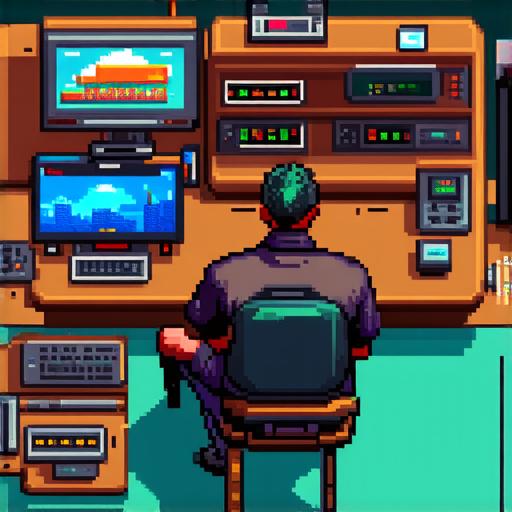
Cons of Using Unity for 2D Game Development:
- High learning curve: While Unity’s interface is easy to use, its sheer power and complexity can be overwhelming for new developers who are just starting out. Developers may need to invest significant time in learning the engine and mastering its various features and tools.
- Performance issues: Unity can struggle with performance on lower-end devices, especially when running complex graphics or physics simulations. This can lead to a less-than-optimal user experience for mobile or PC players.
- Limited 2D features: While Unity supports 2D game development, it may not offer the same level of functionality and customization as dedicated 2D engines like Construct 3 or Stencyl. Developers may need to work harder to achieve certain effects or features that are built into these engines.
- Cost: Unity can be expensive for larger projects, with licensing fees starting at $25 per user per month. This cost can quickly add up for larger teams or more complex projects.
In conclusion, Unity is a powerful and versatile engine that can be a great choice for developing 2D games, especially those that need to run across multiple platforms. While there are some drawbacks to using Unity for 2D game development, such as its high learning curve and limited 2D features, these can be overcome with the right tools and resources. By carefully considering the pros and cons of different engines and choosing the one that best fits their project’s needs, developers can create engaging and successful 2D games that deliver a great user experience across all devices.
